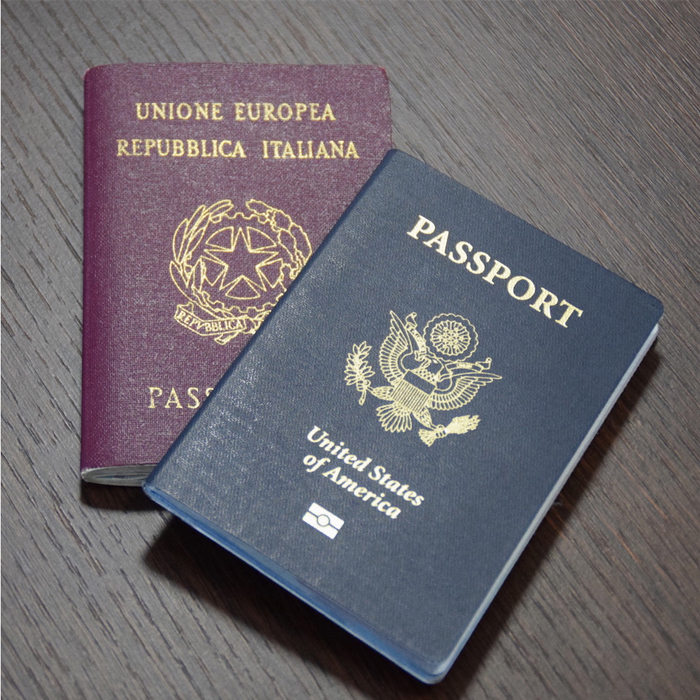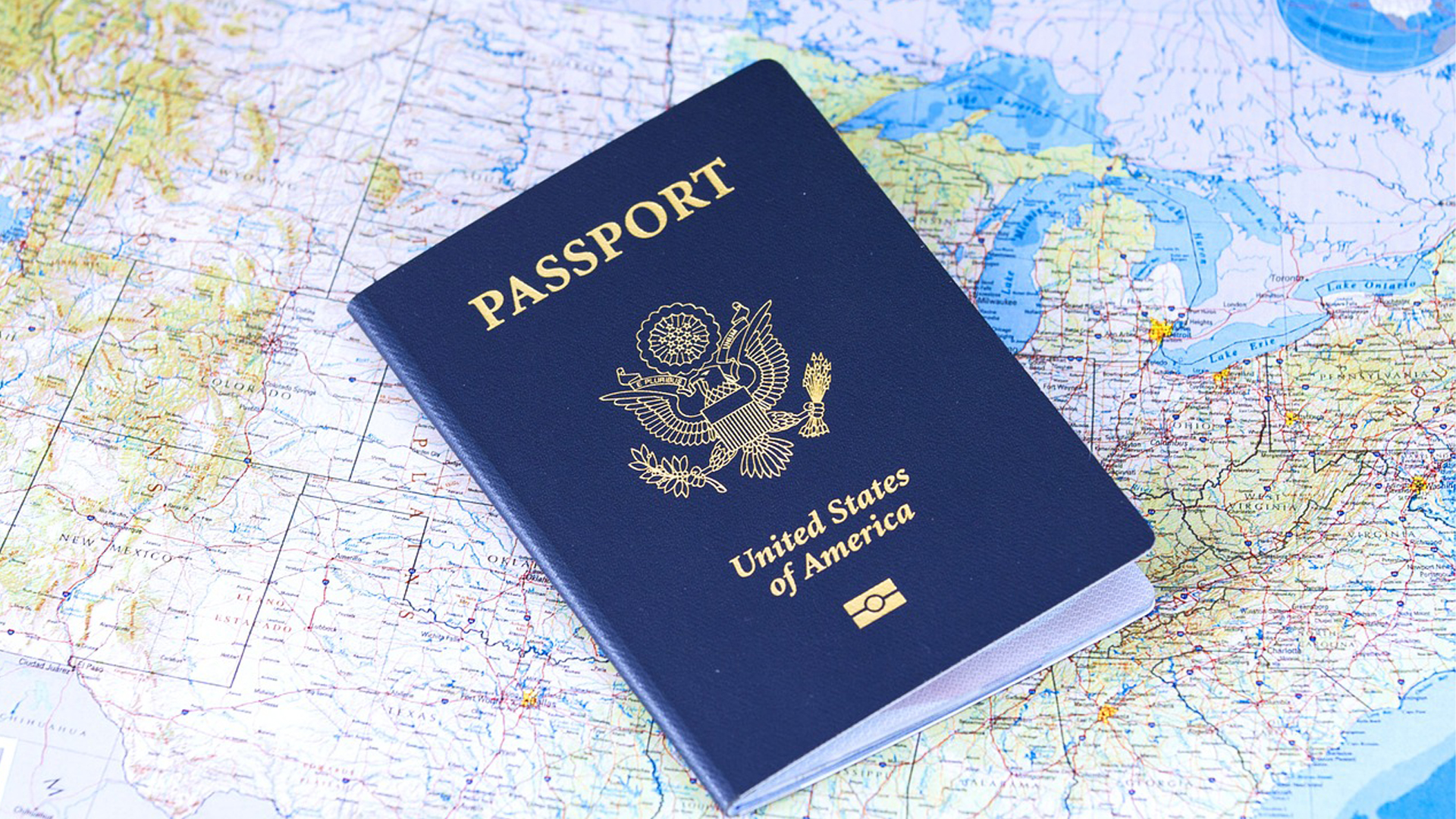Whether it’s your first time traveling to Italy or you’re planning to move to the beautiful country for work, navigating the process to apply for the correct visa can be extremely daunting. While the Italian visa process can be arduous and bureaucratic, you can educate yourself with the right information to understand which visas allow you to do what in Italy. America Domani is here to provide you with some helpful guidance on the Italian visa process.
When deciding what type of visa you should apply for, the most important factor to consider is the projected duration of your stay and the purpose for entering the land of la dolce vita. If you are a non-resident planning to stay for less than 90 days in Italy, a visa is not always required. For example, if you are going to Italy with the primary purpose of tourism or visiting family for a period of 90 days or less, a visa is not required.

On the contrary, entering Italy for the primary purpose of paid work requires a separate visa application as well as work authorization from your company, no matter how long your duration of stay. Now that you have some background, let’s discuss the types of visas for Americans to consider: Uniform Schengen visas, Long-Stay visas, and Long-Stay work visas.
The Uniform Schengen visa allows tourists arriving from a non-Schengen country (like the United States) to freely enter Italy with a “dichiarazione di presenza” or declaration of presence. Once you arrive in Italy, you will pass through customs and obtain a stamp in your passport on the day of your arrival. This stamp is considered the equivalent of your “declaration of presence” which is what the Italian authorities will provide you before you leave the airport.
The Uniform Schengen Visa allows you to travel between any country in the Schengen Zone, which is most countries in the European Union. This includes but is not limited to France, Germany, Italy, Spain, Greece, Sweden, Portugal, Austria, Poland, Hungary, and Belgium. Additional Schengen countries include Switzerland, Norway, and Iceland.
Keep in mind, the United Kingdom, Ireland, Romania, and Bulgaria do not qualify for this visa!

Americans who anticipate staying in Italy for more than 90 days must apply for a long-stay visa. Some examples of a “long stay” visa are a student visa, family visa, self-employed visa, working holiday visa, and retirement visa. In order to apply, you must go to an Italian Consulate within your jurisdiction in the United States to gain “resident” status in Italy. How do you do this?
Go to the Italian Consulate’s website to schedule an appointment well in advance of your departure (minimum 4 months prior) and review their list of applications and documentation for the specific visa you’re applying for. You must put this documentation together ahead of your appointment, though there are also mail-in options.
Once you’ve received your visa from the Italian consulate an American must obtain a permesso di soggiorno (permit of stay) upon arrival in Italy. An application “kit” for the permesso di soggiorno may be requested from one of the Italian national post offices (Poste Italiane). The kit must then be returned to one of the designated Post Office acceptance locations. It is important that applicants keep a copy of the receipt issued by the Post Office. Within 20 days of receiving the permit to stay in Italy, Americans must go to the local Vital Statistics Bureau called the “Anagrafe of the Comune” to apply for residency. It usually takes a couple of months to receive the certificate of residence (Certificato di Residenza).
Important note: Americans who are already in Italy without a resident status visa will have to leave Italy to obtain one before they will be able to gain resident status.

American citizens who have a job offer in Italy or wish to work temporarily/permanently in Italy must be provided with a work permit from their prospective employer and must obtain a long stay work visa from the Italian Consulate before arriving in Italy. Keep in mind, a written job offer or an employment contract is not regarded as a valid document for working in Italy! Your prospective employer is required to apply for preliminary clearance from the provincial employment office called the “Ufficio Provinciale del Lavoro e della Massima Occupazione” in the city of employment by submitting evidence that you are qualified for the position as a non-resident foreigner and the position is not able to be offered to someone in the local labor force. If clearance is granted, the prospective employer is then required to obtain a work permit with the approval of the regional and central authorities. The permit will be sent to you so that you can apply for the entry visa.
Don’t forget, in order to apply for ANY visa your passport MUST be valid for at least 3 more months after your planned date of departure from Italy or another Schengen country AND issued within the last 10 years!
Eric Gotsch
Eric Gotsch is a writing intern that is a rising senior at Loyola University Chicago where he has a double major in Italian Studies and Political Science. Eric studied abroad in Rome for his Fall 2023 semester while also interning at Il Centro Studi Americani, an Italian-American international relations think-tank. For fun, Eric likes to exercise, practice Italian, and bake focaccia.


